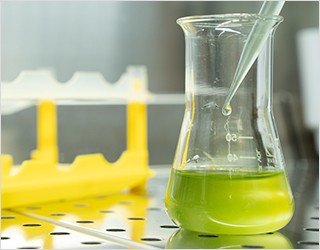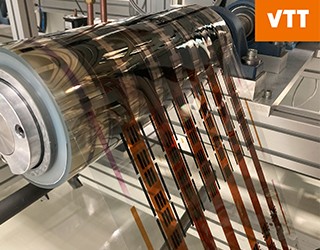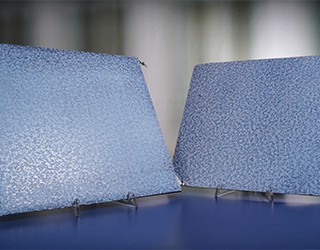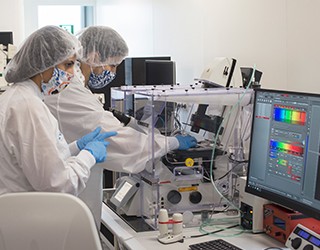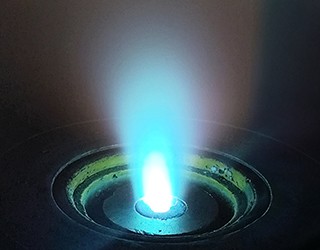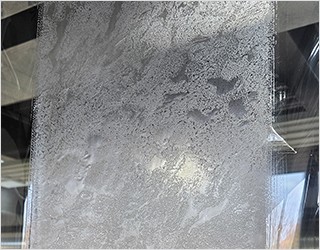As part of the EU project PERSEUS, Fraunhofer FEP is developing new optically effective surface structures for perovskite solar cells. By using roll-to-roll nanoimprint lithography (NIL), reflection losses are to be minimized, and the efficiency of solar cells increased. In the Design-PV project, decorative surfaces for facade-integrated photovoltaic modules are developed using NIL. The versatile NIL technology also offers application possibilities in areas such as antifouling, anti-reflective coatings, and medical engineering. Fraunhofer FEP will provide insights into the progress and possibilities of the new process technology during ICE Europe 2025, from March 11 – 13, 2025, in Munich at booth No. 1720 in Hall A5.
more info

 Fraunhofer Institute for Electron Beam
Fraunhofer Institute for Electron Beam











